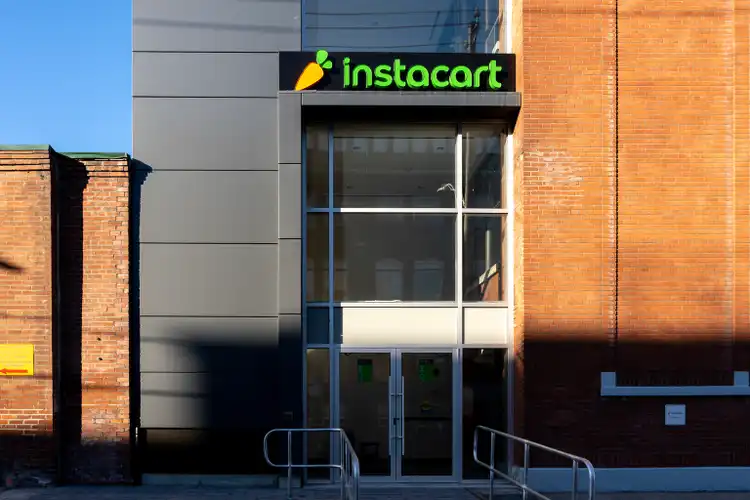Grocery delivery service Instacart’s public debut on the Nasdaq Stock Exchange on September 19 and SoftBank-backed chipmaker Arm Holdings’ public listing in the United States earlier this month signalled the beginning of a U.S. initial public offering revival.
The first venture capital-supported firm to go public since December 2021 was Instacart, which is backed by Sequoia Capital and D1 Partners.
According to Mike Bellin, leader of PwC U.S.’s IPO services, “I think we’re going to see more companies start their (IPO) process in 2024, when a healthy IPO market will return.”
Instacart postponed its original IPO after the tech market crash that began in late 2021 reduced the company’s valuation. The grocery-focused digital company, founded in 2012, was valued at $39 billion after obtaining money from venture capital firms in 2021 at a price of $125 per share. However, pandemic-related challenges led to the platform’s periodic valuation cuts.
After selling 22 million shares at $30 each, Instacart’s IPO valuation reached $10 billion. Compared to its main rival DoorDash Inc., which trades at roughly 4.25 times its annual revenue, the company is valued at 3.5 times its annual revenue.
However, Instacart CEO Fidji Simo claimed that rather than raising money, the main purpose of the company’s IPO was to maintain liquidity for current owners. Around 36% of the 8% of Instacart’s outstanding shares that were made available in the offering were sold by current shareholders.
“We felt that it was really important to give our employees liquidity,” Simo said. “This IPO is not intended to raise capital for us. Making ensuring that all employees have access to the equities they have worked so hard to acquire is the main concern. We weren’t trying to find the ideal market window.
The largest investment share in Instacart, equal to 15% after total dilution, is held by Sequoia. The $50 million worth of shares the Silicon Valley company bought in 2021 have declined to almost one-fourth of their original value, despite the fact that its overall investment in Instacart has generated a paper profit of over $1 billion.
Instacart started making money in the second quarter of 2022 and most recently declared a net income of $114 million, a significant rise from the $8 million reported a year earlier. DoorDash, in contrast, has suffered losses.
Revenue increased by 15% in the second quarter of 2022 to $716 million. This represents a decline from the 60% growth recorded during the early stages of the pandemic and the 40% growth experienced in the same period the year prior. In the middle of 2022, the company downsized its employees, which resulted in lower costs for providing customer and shopper support.
Underscoring its goal to employ artificial intelligence markup language (AIML) solutions as a catalyst for future business expansion, Instacart has emphasised its commitment to integrating artificial intelligence (AI) and machine learning capabilities into its platform. With the launch of Ask Instacart, a search engine created to answer customers’ questions about grocery shopping, the firm also embraced the developing field of generative AI in May.
Simo stated, “We don’t think the future of grocery will be about choosing between online and in-store purchasing. “The majority of us will perform both. Thus, our goal is to develop a true omni-channel buying experience that combines the best of both offline and online purchasing.
Over the previous two years, Instacart has mainly entered the AI space through acquisitions. E-commerce startup Rosie, Eversight, Caper, a provider of AI-driven shopping cart and checkout solutions, and FoodStorm, a software firm specialising in self-serve kiosks for in-store customers are among the companies that have been acquired.
The business also emphasised how it uses machine learning to forecast grocery item availability for retailers and boost customer sales. According to Instacart, every two hours its algorithms forecast the availability status of the vast majority of its 1.4 billion food goods. More than 70% of users made purchases in the second quarter as a result of recommendations made by Instacart’s algorithm.
Instacart is anticipated to encounter fierce competition from Walmart Inc., Amazon.com Inc., and Target as the business concentrates on growth. However, flawless AI integration might provide Instacart an advantage over rivals.

